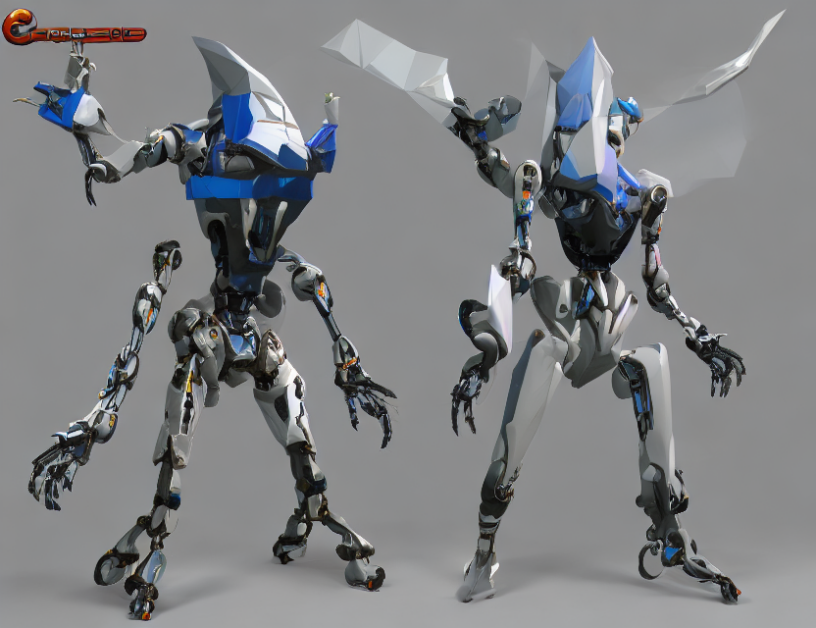In this article, we explore control strategies for humanoid robots, specifically focusing on the use of full-body models and algorithms derived from constrained modeling. The authors present preliminary experiments using the Kangaroo robot, which features a serial mechanism with six DOFs per leg. They discuss the advantages of this design, including straightforward structure, augmented workspace, and simple manufacturing processes, but also highlight its limitations in terms of precision, stiffness, and dynamic characteristics.
To overcome these limitations, the authors developed a novel configuration YAML file and parser that allows for the use of the Unified Robotics Description Format (URDF) with control libraries like CartesI/O. They then introduce each sub-mechanism separately, providing a brief analysis of kinematics singularities and the countermeasures taken to avoid them in the design of the platform.
The article also compares the Kangaroo robot with other bipedal robots, highlighting its potential advantages in terms of manufacturing and maintenance processes. The authors note that while serial mechanisms are straightforward and easy to produce in large quantities, parallel robots offer higher stiffness, speed, accuracy, and payload capacity at the cost of reduced workspace and complexity.
Finally, the authors present normalized manipulability index evaluations for the left leg through a uniform sampling of the workspace, showcasing the potential of the Kangaroo robot for agile locomotion and impact handling. Overall, this article provides valuable insights into the development and control of humanoid robots, highlighting the importance of considering both serial and parallel mechanisms in the design and manufacturing of these systems.
In everyday language, we can think of a robot’s legs as being like the wheels of a car. Just as cars have different types of wheels (e.g., front-wheel drive, rear-wheel drive), robots have different types of legs (serial mechanisms and parallel mechanisms). Each type of leg has its own advantages and disadvantages, much like how each type of wheel has its own advantages and disadvantages for driving on different types of terrain.
The Kangaroo robot is like a car with front-wheel drive legs, which are easy to produce in large quantities and offer a good balance between workspace and simplicity. However, other robots like Valkyrie (NASA’s first bipedal humanoid robot) are more like sports cars with rear-wheel drive legs, which offer higher speed, accuracy, and payload capacity but require more complex manufacturing processes.
By understanding the strengths and weaknesses of different types of legs, researchers can design robots that are better suited for specific tasks, such as agile locomotion or impact handling. This knowledge can also help us develop more efficient and effective control strategies for humanoid robots in general.
Optimizing Bipedal Robot Cassie’s Online Trajectory



